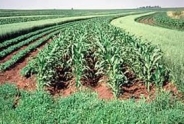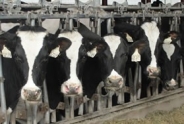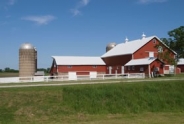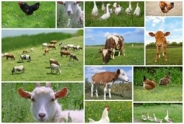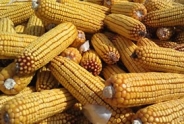Managing Pastures with High Fertilizer Prices and Drought, by Paul Beck
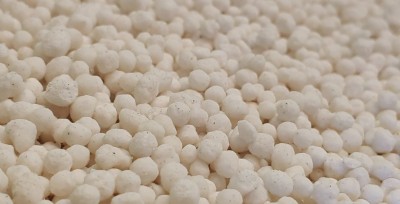
Managing Pastures with High Fertilizer Prices and Drought
Paul Beck, Oklahoma State University Extension Beef Cattle Nutrition Specialist
Prices for DAP, urea, anhydrous ammonia and UAN have all reached all time high prices. The cost per pound of actual N is over $1.13/pound for urea and 32% UAN. Last year we were complaining about the increasing cost of fertilizer, and it was only about half the cost it is now.
- Fertilization increases water use efficiency, this may be important in drier than normal conditions, but the high prices still has fertilization out of reach for most production systems.
- Each pound of actual nitrogen applied will add 30 to 40 pounds of forage production per acre in bermudagrass and Old World Bluestem pastures and hay meadows. The added forage production will cost about 3 to 4¢/pound at the current fertilizer prices, or about $60 to 80 per ton of increased hay production per acre.
- For stocker steers, we can get an extra 1.5 to 2 pounds of gain for each pound of nitrogen, so the cost of that added gain would be around $0.55 to $0.75/pound.
- In cow- calf operations, a calf value to N cost ratio of 2.5 would indicate fertilization is potentially profitable. A weaned calf would need to bring $2.87 per pound for fertilization to be profitable.
What should you do if you cannot afford fertilizer?
You have 2 choices, 1) apply fertilizer at a targeted rate or 2) don't apply any fertilizer.
In either case, you will need to improve management.
If a producer does not normally fertilize pastures and/or hay fields, then there is little consequence of not fertilizing since his stocking rate should already be matched to the natural productivity of the land. However, if the producer has been fertilizing pastures to support his livestock operation, then cutting back fertilizer will require improved management to increase the utilization of the forage and to allow enough rest between grazing cycles for the grass to remain healthy. Also the fertilizer that is applied must be targeted to specific times of the year at rates that match livestock need to prevent excess forage growth and waste of fertilizer value.
For each ton of hay removed from a field about 30 to 40 pounds of nitrogen, 14 pounds of phosphorus, and 45 to 50 pounds of potassium are being removed. When cattle graze or are fed hay most of the nitrogen, phosphorus, and potassium are returned to the pasture in excreta. So, improved grazing distribution of grazing and hay feeding will improve the distribution of recycled nutrients.
Weed control increases forage production. For each pound of broadleaf weed production, we see grass production decrease by at least a pound. Controlling weeds is therefore even more important in drought and high fertilizer situations.
In summary, with high fertilizer prices we need to improve forage management, cull the cowherd to reduce stocking rates, practice weed control, and consider seeding legumes in the fall to help out next spring.
Upcoming Events
WNY Pastureland Conversion & Soil Health Field Day
July 16, 2025
Middleport, NY
Join American Farmland Trust for the Western New York Soil Health Field Day on July 16, 2025, at Zeliff Farm in Middleport, NY, from 9:00 AM-3:15 PM. Learn about pasture conversion, soil health benchmarking, biochar in grazing systems, and best grazing practices. Plus, enjoy hands-on demos with the NY Soil Health Trailer, drones, and cover crops! Check out the attached agenda for more information about the field day and REGISTER HERE. Zeliff Farms is a regenerative beef operation who has recently partnered with AFT on outreach and education to farmers including learning circles and evaluating biochar effects on soil health.
IPM Strategies to Protect Corn and Soybean Seed in NY
July 30, 2025
Hamburg , NY
SWNYDLFC and Cornell IPM are hosting a grower meeting to discuss integrated pest management strategies for protecting corn and soybean seed in New York.
FAMACHA Training for Sheep and Goat producers in Woodhull NY
August 13, 2025 : FAMACHA Training in Woodhull
Woodhull, NY
Join us for a discussion and hands-on training for internal parasite integrated pest management in sheep and goats. Certification is available to all students participating in the workshop.
Announcements
No announcements at this time.

